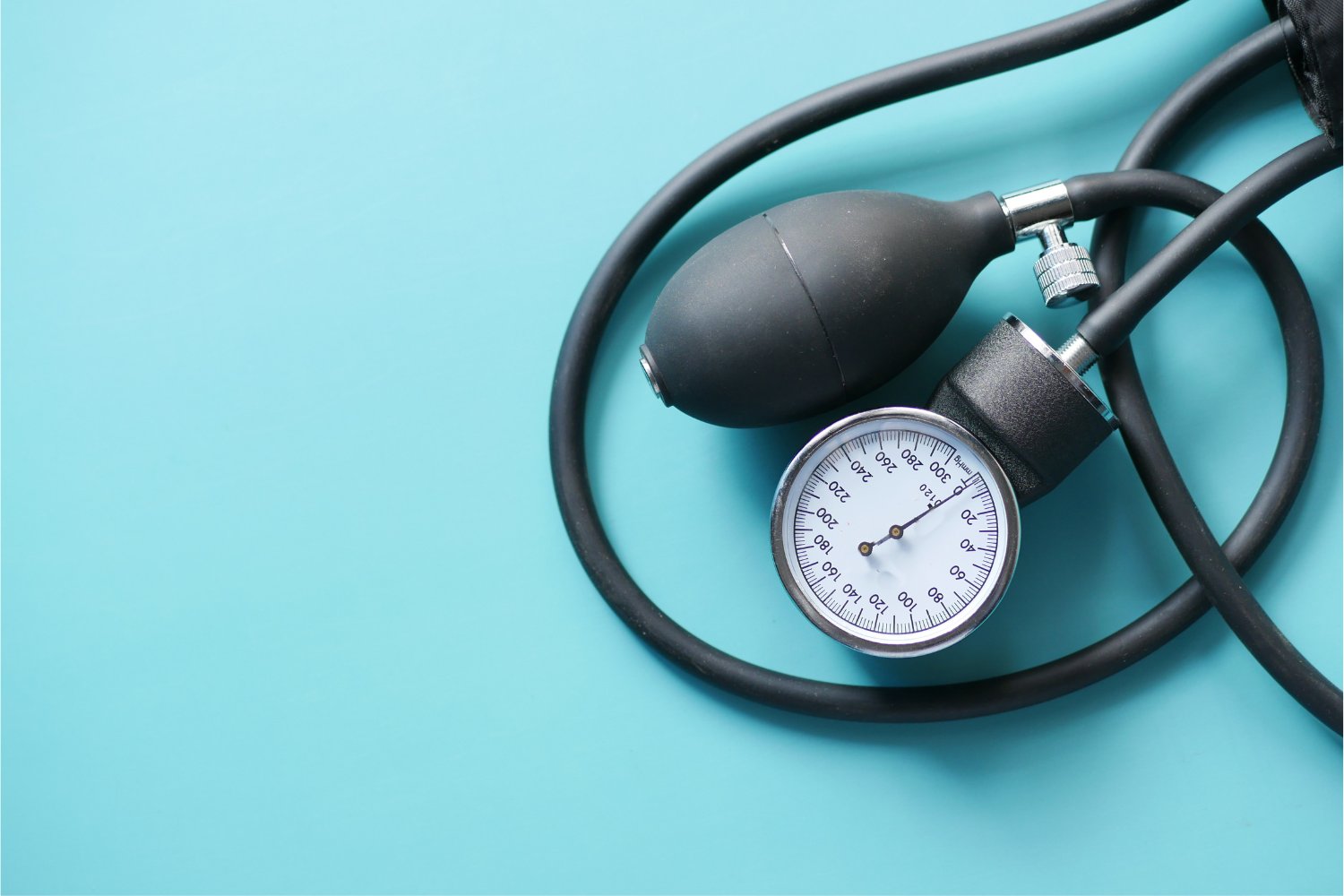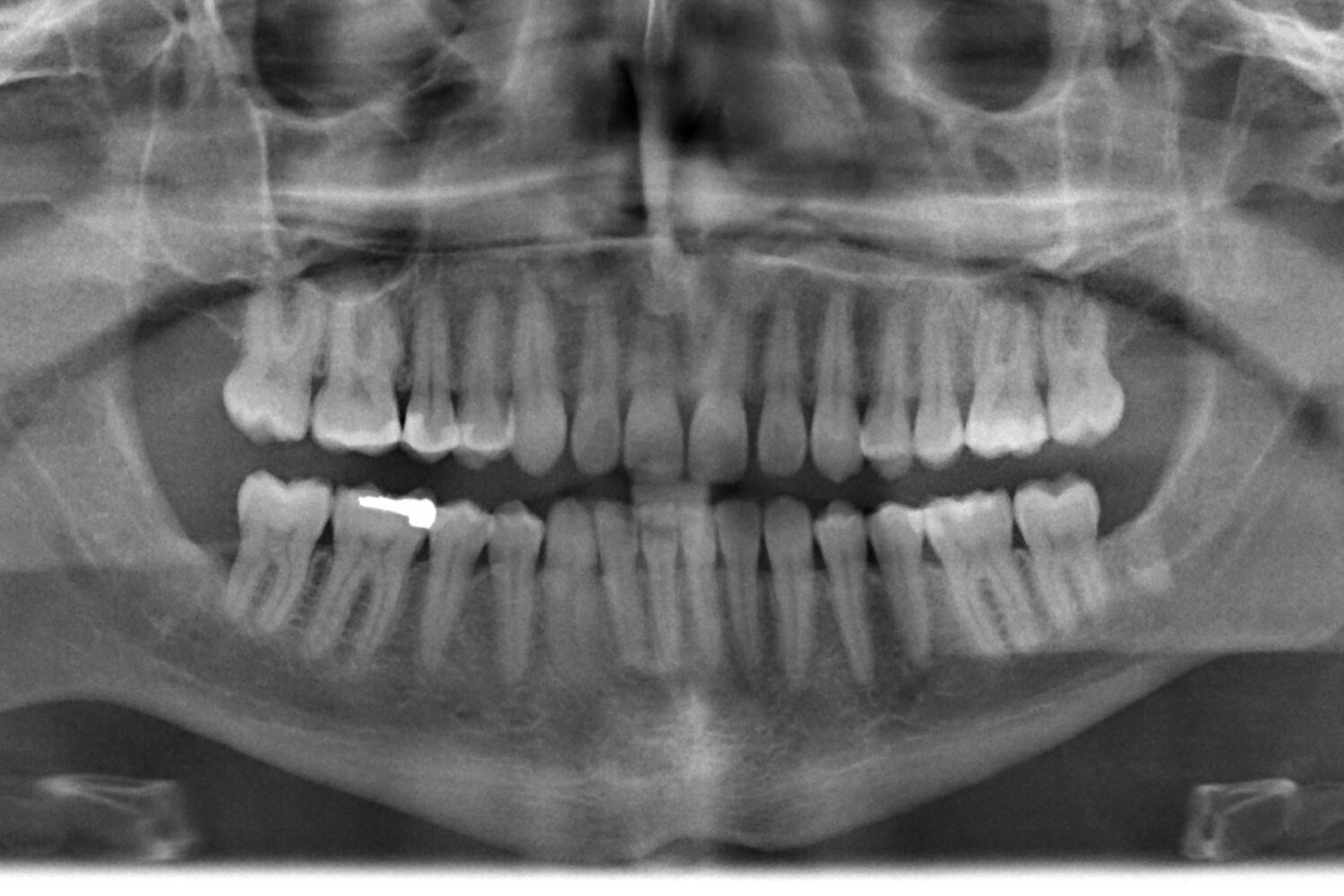High blood pressure readings can be misleading depending on your arm position. A recent study reveals that two common positions often lead to overestimated blood pressure measurements, potentially resulting in misdiagnosis of hypertension. Accurate blood pressure readings are crucial, so understanding the impact of arm position is vital for both healthcare providers and individuals.
Blood pressure is a fundamental health metric, with chronic high blood pressure (hypertension) increasing the risk of heart disease and stroke—two leading causes of death. It can also indicate other health problems like type 2 diabetes. This new research, however, highlights a critical oversight in how blood pressure is often measured, both in clinical settings and at home.
Researchers at Johns Hopkins conducted a randomized crossover trial, published in JAMA Internal Medicine. 133 adults aged 18 to 80 had their blood pressure measured in three different arm positions: the recommended position of resting the arm on a desk, letting the arm dangle unsupported, and resting the hand on the lap.
The study found that compared to the gold standard of a desk-supported arm, the other two positions consistently produced higher readings. With the lap-rested arm, systolic blood pressure (the top number) was 3.9 mm Hg higher and diastolic (the bottom number) was 4 mm Hg higher on average. The unsupported arm resulted in a systolic reading 6.5 mm Hg higher and a diastolic reading 4.4 mm Hg higher.
Considering that 130/80 is the threshold for hypertension, these differences are significant. The researchers suggest that relying on the unsupported or lap-rested arm positions could lead to misdiagnosis of hypertension in some patients, both in clinical settings and during at-home monitoring.
“This crossover randomized clinical trial showed that commonly used arm positions (lap or side) resulted in substantial overestimation of BP readings and may lead to misdiagnosis and overestimation of hypertension,” the researchers wrote.
While previous studies have hinted at the influence of arm position on blood pressure readings, this study is one of the first randomized trials to quantify the impact. Other factors, such as the testing environment, can also affect readings. “White coat hypertension,” where individuals experience higher blood pressure at the doctor’s office than at home, likely due to anxiety, is a well-documented phenomenon. However, even with white coat hypertension, cardiovascular risk may still be elevated compared to individuals with consistently normal blood pressure.
The researchers aim to improve blood pressure measurement practices among healthcare professionals and patients. Senior researcher Tammy Brady, medical director of the pediatric hypertension program at Johns Hopkins Children’s Center, emphasized the importance of correct measurement techniques. She hopes the study empowers patients to advocate for proper procedures during clinical visits.
In conclusion, arm position significantly affects blood pressure readings. Supporting the arm at heart level on a desk is crucial for accurate measurement. Healthcare providers and individuals monitoring their blood pressure at home should adhere to this standard to avoid potential misdiagnosis and ensure appropriate management of hypertension.











